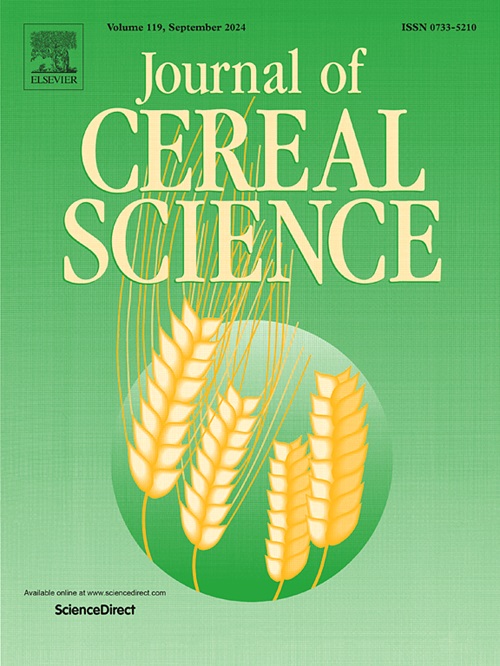色素水稻花青素在食品包装中的应用综述
IF 3.7
2区 农林科学
Q2 FOOD SCIENCE & TECHNOLOGY
引用次数: 0
摘要
与智能食品包装中的其他花青素来源相比,色素水稻花青素受到的关注有限。本综述探讨了它们的潜在应用,强调了它们独特的ph响应颜色变化,这使它们成为智能包装的有希望的候选者。色素米及其副产品米膜富含花青素,是一种具有经济效益和环境效益的可持续资源。此外,这些花青素还表现出显著的热稳定性,有利于包装应用。然而,由于萃取效率、成分知识有限、实践意识低以及稳定性问题等方面的挑战,它们的潜力仍未得到充分利用。最近的研究表明,非传统的提取方法,特别是那些结合机械辅助和传统技术的方法,可以提高产量和效率。浓度较高的黑米花青素最常用于壳聚糖基薄膜中,以监测猪肉和海鲜等富含蛋白质的食物的新鲜度。虽然研究主要针对高湿度下的稳定性和浸出,但颜色变化仍然是一个被忽视的问题。今后的工作重点应放在规范花青素的颜色特性上。提出了两种策略:优化不同水稻品种的提取,并应用机器学习来识别影响颜色一致性的关键因素,如水稻品种和提取参数,并改善商业应用的质量控制。本文章由计算机程序翻译,如有差异,请以英文原文为准。

Applications of pigmented rice anthocyanins in food packaging: A mini review
Compared to other anthocyanin sources in intelligent food packaging, pigmented rice anthocyanins have received limited attention. This review explores their potential applications, emphasizing their distinct pH-responsive color changes, which make them promising candidates for smart packaging. Pigmented rice and its by-product—rice bran—are rich in anthocyanins and offer economic and environmental benefits as sustainable resources. Additionally, these anthocyanins also exhibit notable thermal stability, advantageous for packaging applications. However, their potential remains underutilized due to challenges in extraction efficiency, limited compositional knowledge, low practical awareness, and stability concerns. Recent studies suggest that non-conventional extraction methods, particularly those combining mechanical-assisted and traditional techniques, can improve both yield and efficiency. Black rice anthocyanins, with higher concentrations, are most commonly used in chitosan-based films to monitor the freshness of protein-rich foods like pork and seafood. While research has mainly addressed stability and leaching under high humidity, color variation remains an overlooked issue. Future work should focus on standardizing anthocyanin color properties. Two strategies are proposed: optimizing extraction across different rice species and applying machine learning to identify key factors—such as rice variety and extraction parameters—that influence color consistency and improve quality control for commercial applications.
求助全文
通过发布文献求助,成功后即可免费获取论文全文。
去求助
来源期刊

Journal of Cereal Science
工程技术-食品科技
CiteScore
7.80
自引率
2.60%
发文量
163
审稿时长
38 days
期刊介绍:
The Journal of Cereal Science was established in 1983 to provide an International forum for the publication of original research papers of high standing covering all aspects of cereal science related to the functional and nutritional quality of cereal grains (true cereals - members of the Poaceae family and starchy pseudocereals - members of the Amaranthaceae, Chenopodiaceae and Polygonaceae families) and their products, in relation to the cereals used. The journal also publishes concise and critical review articles appraising the status and future directions of specific areas of cereal science and short communications that present news of important advances in research. The journal aims at topicality and at providing comprehensive coverage of progress in the field.
 求助内容:
求助内容: 应助结果提醒方式:
应助结果提醒方式:


